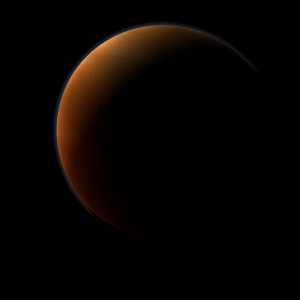|
|
Space Astro
|
Info for exoplanet "Cyllirr"
| Scientific (actual) data |
|---|
| Name | HD 10180 e |
| Planet status | Confirmed |
| Mass sini | 0.078973 |
| Orbital period | 49.745 |
| Semi major axis | 0.2699 |
| Orbit eccentricity | 0.026 |
| Angular distance | 0.00685 |
| Discovered | 2010 |
| Updated | 2012-01-30 |
| Omega | 166 |
| Publication | Published in a refereed paper |
| Detection type | Radial Velocity |
| Star name | HD 10180 |
| Right ascension | 24.48° |
| Declination | -60.51° |
| Mag v | 7.33 |
| Star distance | 39.4 |
| Star metallicity | 0.08 |
| Star mass | 1.06 |
| Star sp type | G1V |
| Star age | 4.3 |
| Star temperature | 5911 |
| Wikipedia article | HD 10180 e |
Back
| |
| Fictional info (?) |
|---|
| Suggested name | Cyllirr |
| Planet type | Cold planet |
| Wind speeds can reach 72 metres per second.
The dark lakes are mostly said to have large yet medieval insects called the "Lashe". They spend their life by hunting another species called Dysli Liaq if they need to. They are related to Palaopina, have wings and vary in length from 25 to 50 cm. The Lashe are able to reproduce at temperatures from 160 to 180°C and even the high radiation level which is common near the poles. |
| Estimated population | 12000 |
| Atmosphere | Carbon dioxide | 49% |
| Methane | 19% |
| Oxygen | 17% |
| Water | 14% |
| Atmospheric pressure | 1.4 bar |
 |
| No known satellites |
| Google search for Cyllirr |
|
Website by Joachim Michaelis
|
|
|
|